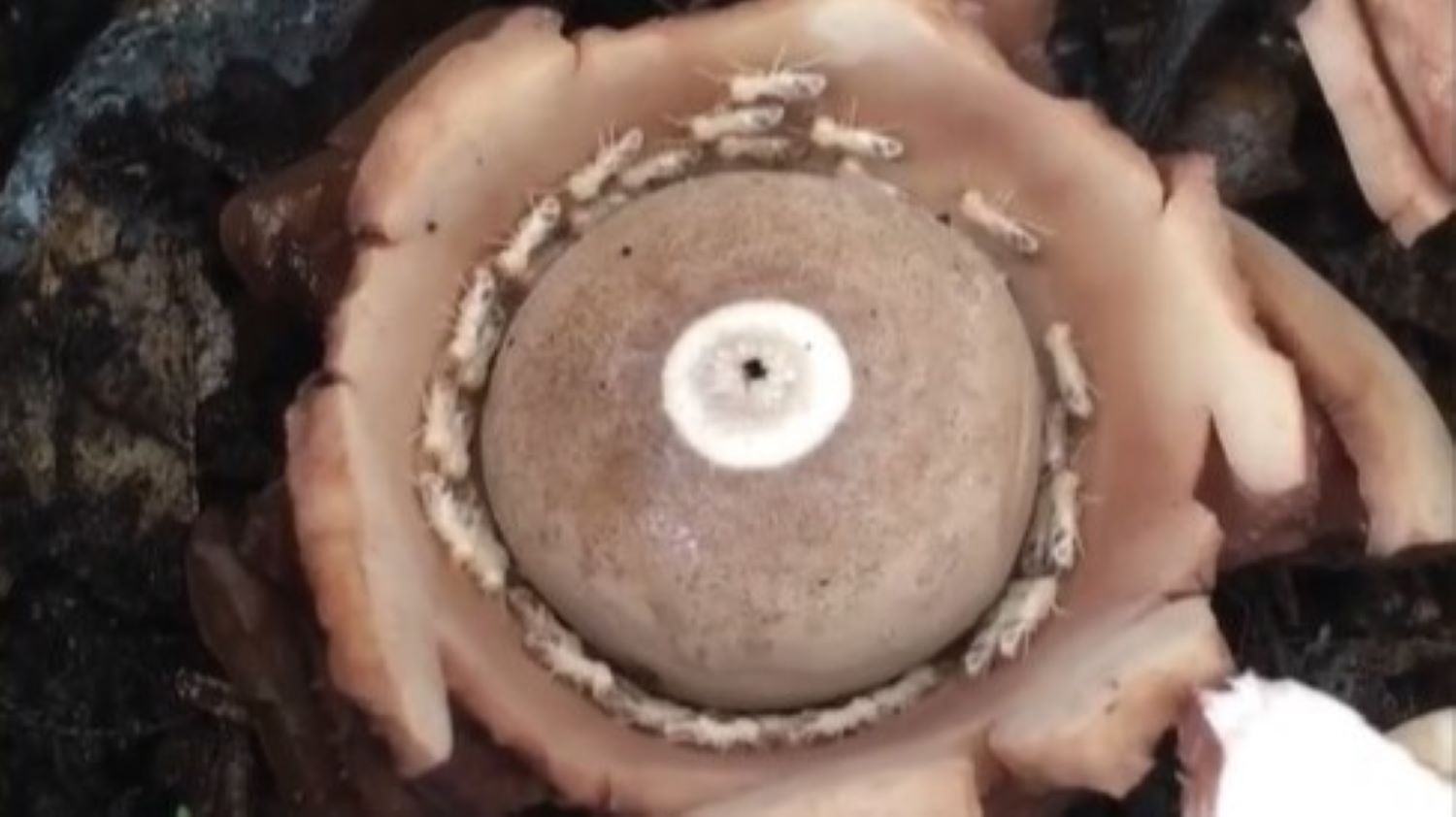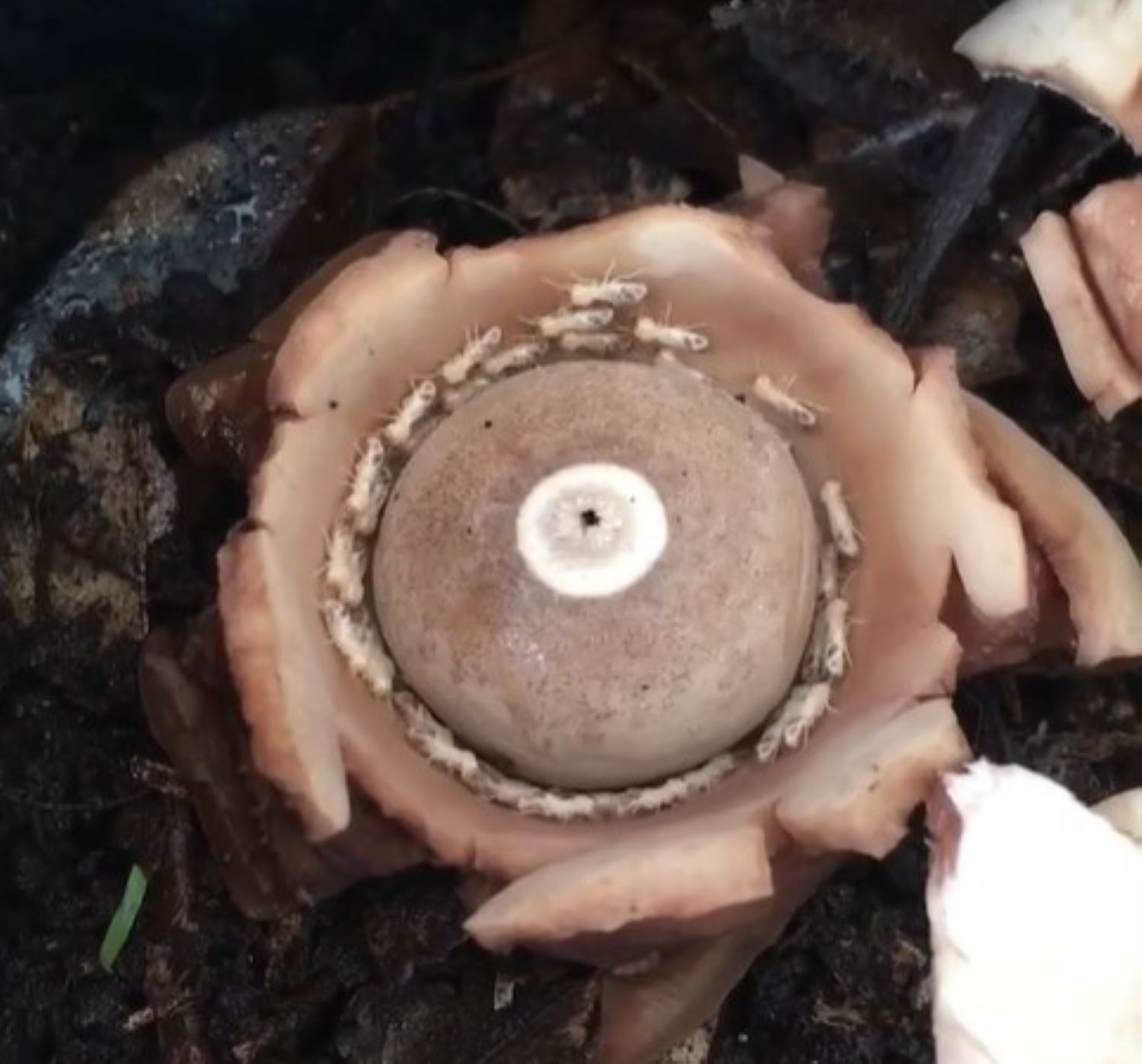
Bizarre footage shows termites locked in a "death spiral" — where they walk round and round in a circle following the insect ahead until they die from exhaustion.
In the clip, uploaded by Simon Jeffery to the Australia & New Zealand Fungus Identification group on Facebook, the termites follow each other in a ring. The phenomenon has been observed in some colonies of social insects, such as termites and, more commonly, ants (Formicidae).
The footage was captured in Maleny in Queensland, Australia, about five years ago, Jeffery told Live Science in a message on social media. He was at a woodworking show and a man at one stall was giving a talk about the roles fungi and insects play in the ecosystem.
"[He had] all different types of bark and all sorts of critters that break down the forest… It was a very cool stall," Jeffery said, adding he is not sure if the stall owner put the termites in the fungus.
Trail-following behavior in termites is controlled by specific pheromones that are produced by the abdominal sternal gland. They deposit these pheromones so nestmates can find the path back to the nest.

Thomas Chouvenc, assistant professor of urban entomology at the Fort Lauderdale Research and Education Center at the University of Florida, told Live Science that trail-following enables termites to navigate blindly around their habitats. However, this way of navigating the world can sometimes go wrong.
"In this video, they are engaged in a 'death spiral,' which is well documented in ants and a few termites," he said. "When a group of foraging social insects get accidentally caught into a death spiral, they usually end up dying of exhaustion," he added.
"For termites, the physical contact of following a predecessor in the queue is often a simple way to organize good traffic flow," he said . "Such lines are very common in termites, leading them from A to B. In the case of this video, that line made a loop because of the physical circle from the morphology of the fungi."
Researchers have investigated a similar phenomenon in army ants. Occasionally, a colony of ants will form an "ant mill." If some ants become separated from the main foraging colony — for example, because of a feature of the terrain — they may lose the pheromone track and begin to follow one another, forming a rotating circle until they die.
However, Chouvenc said he is unsure how the termites ended up on the fungus. "What puzzles me here is: How in the heck did the termites end up here? Termites are cryptic — meaning that they don't come out into the open — so they should not naturally be exposed to the elements like this, unless they chewed through the fungus from the inside and accumulated over time, and ended up being stuck in this circular structure."
Chouvenc added that someone may have placed the termites on the fungus. "Regardless, this is unusual, to say the least," he said.







